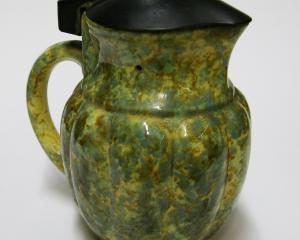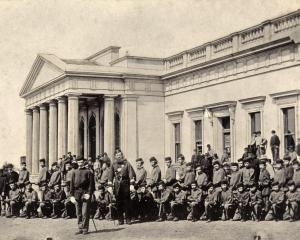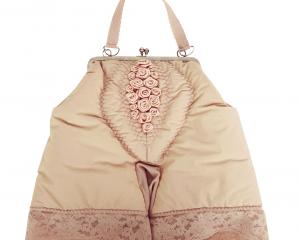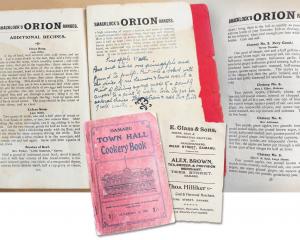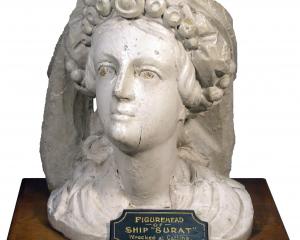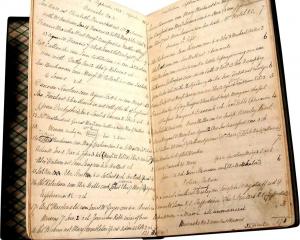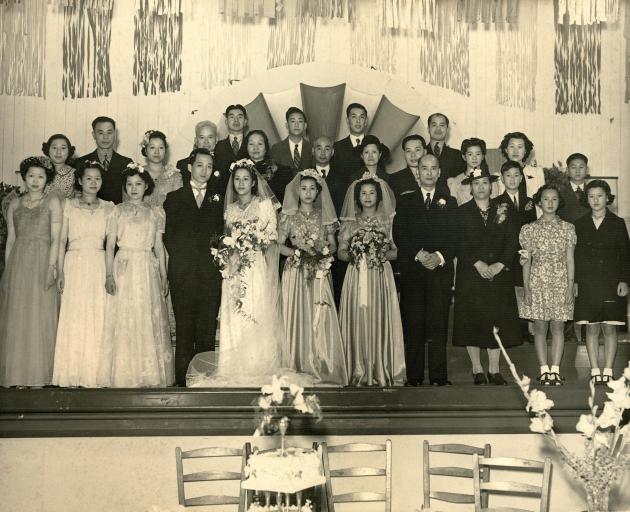
It was a significant event for New Zealand’s Chinese community when Sylvia Ngan Ting Gee married Roy Ting Shang Law wearing an elaborate wedding gown of silver lame at First Church in January 1943.
Roy had been born in Wellington in 1917 but went back to China as a teenager in the 1930s for his studies.
After completing a degree in Chinese literature, he returned to New Zealand and commenced his medical degree at the University of Otago.
He was the first male Chinese student to do so (following Kathleen Pih of Dunedin who was New Zealand’s first Chinese medical graduate) and became a popular member of the Dunedin Chinese community through his subsequent years of study in the city.
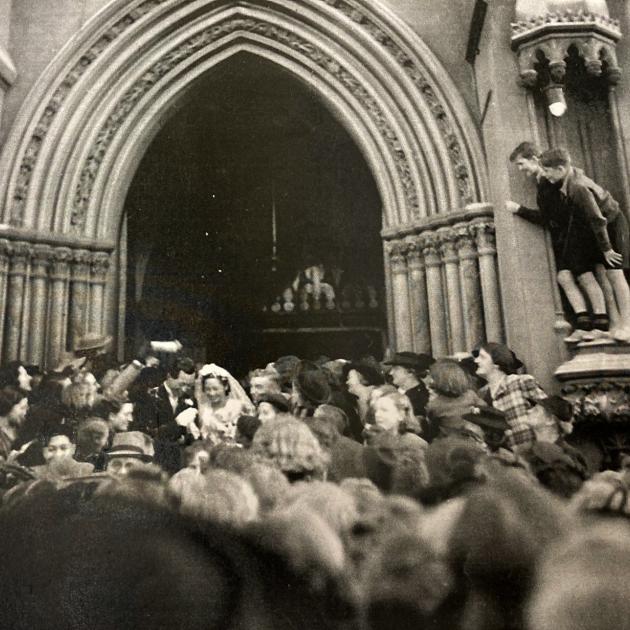
Sylvia’s gown exemplified that crossover, utilising the customary white colour favoured by European brides rather than the red symbolism of a Chinese wedding.
For Chinese people, the colour white was associated with death and funerals but as the first generation of Chinese New Zealanders to assimilate into mainstream society, Sylvia and Roy were setting a trend. Subsequently, many young New Zealand Chinese couples would opt for a similar blend of the European white wedding and traditional Chinese wedding customs.
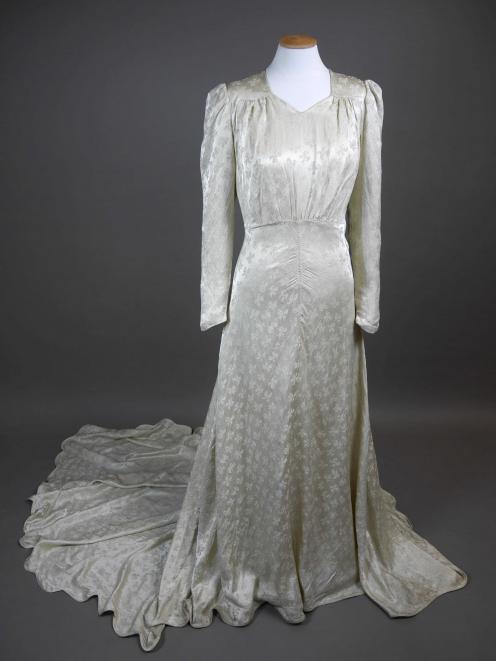
The two mothers, meanwhile, added a touch of Chinese glamour, Mrs Gee wearing a dress of blue and white floral silk and Mrs Law a ‘‘national gown’’ of black chenille velvet.
The ceremony itself was conducted by the Rev George McNeur, a veteran of more than 40 years in the Otago Presbyterian Church’s mission in Guangdong, for some of which he had lived beside the Laws there. He was uniquely equipped to add Chinese prayers to the standard nuptial forms.
More than 400 guests, including representatives of Chinese families from all over the country, attended the wedding breakfast in the Early Settlers Hall (now part of Toitu) and feasted on a mix of Chinese and European dishes.
There were toasts in both Cantonese and English, the Rev McNeur provided a running translation as required. Items were offered by guests - European as well as Chinese - during the feast and there was a dance to follow.
This too set a pattern that would follow for New Zealand Chinese weddings for many years. Such huge gatherings became the norm as new unions tied Chinese families across the country together in a tight web of interrelationships.
Sean Brosnahan is curator at Toitu Otago Settlers Museum.

